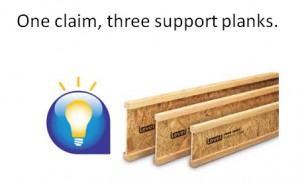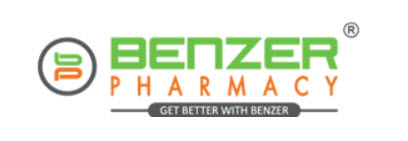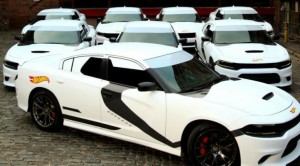A Question for Stuart Elliott.
Ask any Chief Marketing Office or Marketing Director what their annual sales are and you’ll get an answer. Ask about the annual marketing budget. Quick answer. Cost of goods, manufactures suggested retail price, market share? These are questions for which marketing leads all have answers.
Two questions likely to baffle CMOs and marketing directors, however, are: What is your brand strategy (claim)? And what are your brand planks (proofs of claim)? Most marketers know their business KPIs, but don’t have them translated into brand-benefit language. The language that give them life and memorability. CMOs use business school phrases like “low cost provider,” “more for more,” “innovation leader”, “customer at center of flah flah flah…”, but that’s not how consumers speak.
The key to brand planning is knowing what consumers want and what the brand is good at. (“Good ats” and “care-abouts”.) Combining these things into a poetic claim and three discrete support planks is the organizing principle that focuses marketing and makes it more accountable. Across every expense line on the Excel chart.
Stuart Elliott, advertising columnist of The New York Times should make this a requisite question in all his interviews. “What is your brand strategy?” If he gets any semblance of a claim and proof array, I’ll be surprised. Peace!








